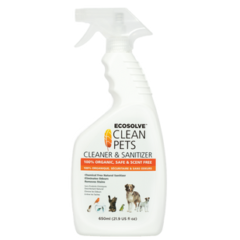Fleas and Ticks
We are believers in treating fleas in the most non-invasive and natural way possible so as not to compromise the health of your pet. Fleas and ticks start rearing their ugly little heads just as the summer months begin. Mild weather and high humidity create the perfect breeding grounds for them causing their populations to explode.
What’s the difference between fleas and ticks?
Fleas: Tiny, wingless, jumping bugs that live in your pet’s fur, drink their blood, and lay lots and lots of eggs. They will jump (as high as 7 inches) on and off your pet to bite you, or any other mammal they can get to. Annoying, but easy to eradicate.
Ticks: Ticks are considered parasitic arachnids. To live they need the blood from a host to feed off of. Ticks can not fly or jump so they lay dormant until they sense another animal’s breath or body odour. If the animal brushes against the bush they are on they jump/fall onto their body. Once on their host, they cut a hole in the skin, attach their mouths and begin sucking blood. Ticks should be removed in one piece as soon as possible to prevent infection or disease. The main concern with ticks is that they can carry Lyme disease. However here in the city, Lyme disease is uncommon and is more of a concern in the interior or secluded forest areas
The use of over-the-counter flea medications can have adverse side effects, such as skin irritation, digestive upset, and neurological symptoms such as trembling or seizures. While these occurrences are rare, there are natural, lower-risk alternatives that are worth a try. As an added bonus, we find that pets on a raw diet very rarely suffer from flea infestations even without any preventative treatments!
Showing all 3 results
-
4 in stock
 0000001176698
0000001176698 -
 0000001818932
0000001818932 -
4 in stock
 0000000490733
0000000490733







